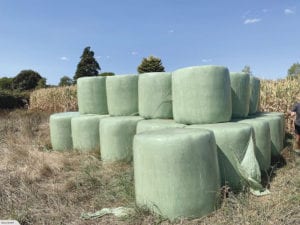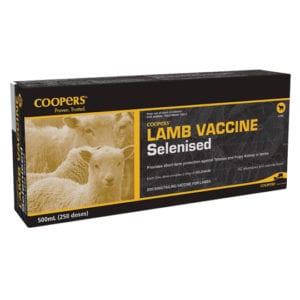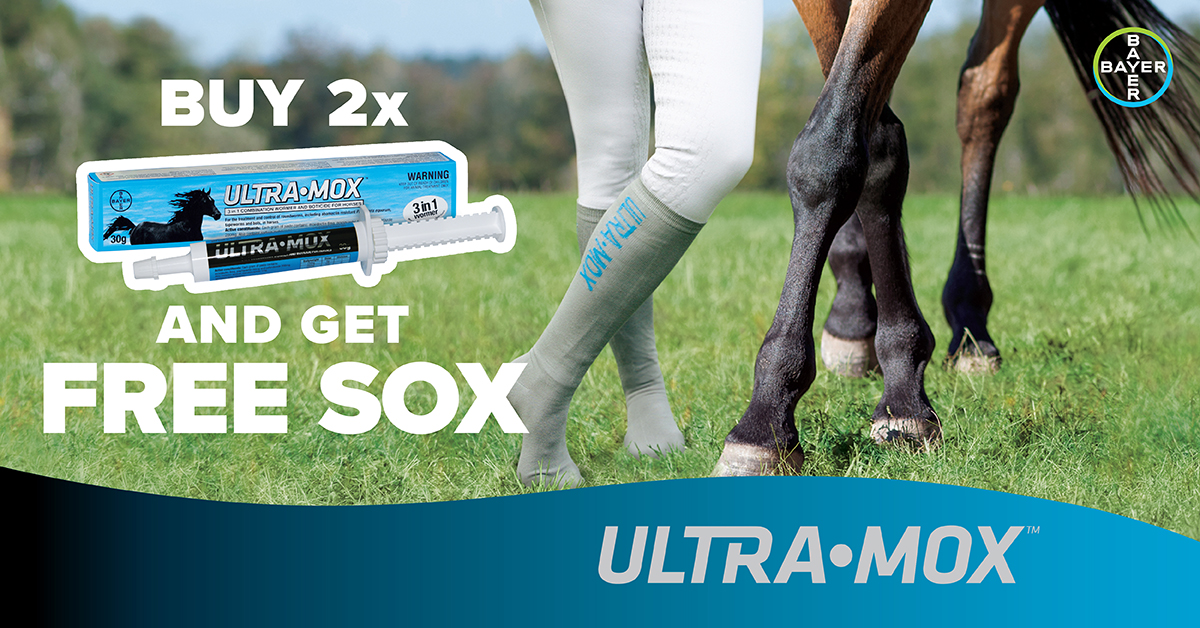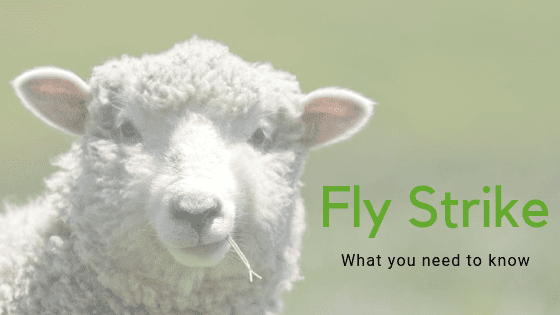Facial Eczema (FE) Spore counts are rising as we speak, and as we know, it…
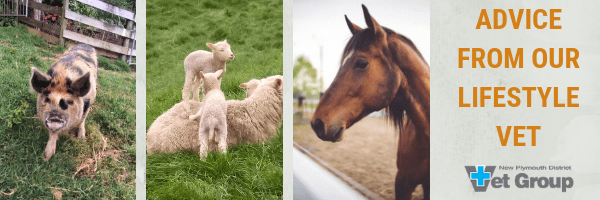
Spring 2019 – Lifestyle Block Newsletter by Dr Anne Terrill
Pre-Spring Checklist
- Lambing/calving kit prepared
- Pregnant ewes vaccinated against clostridial diseases
- Winter feeding plan in place – correct stocking rate and enough supplementary feed available
- Animals condition scored
- Alpacas treated with Vitamin D
- Check stock for lice. Seek veterinary advice about treatment options.
- Treat sheep showing signs of lameness by trimming feet, spraying with topical iodine and if severe seek veterinary advice for injectable antibiotics.
What should I put in my ‘midwife’ kit?
- Torch/head-torch – invariably you are out in the dark checking on these labouring animals so a light source is very handy
- Obstetric lubricant – if you do need to help bring these wee ones earthside, this can make the world of difference
- Old towels – helpful to dry hands, as well as newborns
- Disinfectant – to clean your hands/arms before and after
- Bucket of warm water – see above (you will thank yourself if it is warm!)
- Soft calving/lambing ropes – if you haven’t used these before please ask for a bit of advice from a vet when you buy them
- Iodine spray for the navals
Typically, cows and ewes give birth without issue. You will know when the time is near as their udders will “bag up”, that is, they will fill with milk. Their vulvas may start to swell in the final days of gestation. Usually they pass a small fluid filled ‘bag’ of membrane in the minutes-hours before the newborn is pushed out. The young should stand within half an hour of birth, and make their way to the udder for their first vital drink of colostrum.
If things go awry, and you are unsure if what you are seeing is normal, please don’t hesitate to call us, even if it is for reassurance. We are more than happy to have a chat – there are never any stupid questions!
Colostrum
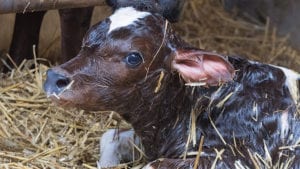
If you are unsure if your lamb or calf has drunk any colostrum, you could always milk the mother yourself and feed it to the young. Lambs require at least 200mL in the first 6-12 hours. Calves can be fed up to 2L at a time, and you can repeat this twice more in the first 12 hours. There are also artificial colostrum products available if you the mother has died or isn’t producing milk.
Sheep Vaccinations
It is recommended that all pregnant ewes are vaccinated in the last month of pregnancy to help protect them and their lambs against a number of diseases caused by Clostridia bacteria. These bacteria live in the soil and cause diseases such as Tetanus, Pulpy kidney, Black leg, Malignant Oedema and Black disease. Generally animals are only at risk to infection after an injury. Risk factors include lambing, docking and yarding injuries. Rapidly growing animals that are eating a lot of supplementary or high quality feed are also at risk. Once there is bruised tissue present, the bacteria multiply and produce toxins which can cause sudden death with few clinical signs.
The theory around vaccinations
- Animals that have never been vaccinated before will need two vaccinations 4 weeks apart to produce strong immunity.
- This immunity is strongest 7-10 days after vaccination and then decreases with time. Hence the need to give a booster yearly. If this yearly booster is given prior to lambing (the danger period) then immunity is high when it is most needed.
- As 7-10 days is needed after vaccination to produce immunity, vaccinating at docking does not protect lambs from the threat of catching tetanus through their docking/castration wound.
- Lambs from vaccinated ewes get immunity from these diseases in the colostrum. They will be protected against tetanus at docking provided it is done in the first 8 -12 weeks of life. This immunity wanes as the lamb gets older. So lambs require vaccination later on at 8 and 12 weeks old.
- Lambs from non-vaccinated ewes can be protected from tetanus at docking by using a product containing a tetanus anti-toxin (eg Lamb Vaccine). The anti-toxin only protects for about 2 weeks so again these lambs need to be vaccinated later on at 8 and 12 weeks of age.
Vaccination Technique
The vaccines are available through the clinic. If you are unsure how to vaccinate your sheep, a vet can pay a visit to your property and can teach you the correct technique.
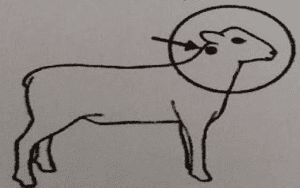
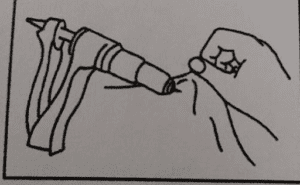
Disbudding Goats

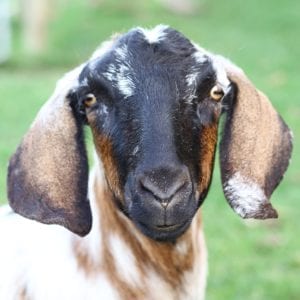
We would never want to dehorn an adult goat, unless there is an issue where removing the horns would improve the welfare of the goat with the horns. Improving the welfare of other animals or humans is not enough of a reason. Dehorning is extremely painful, even with anaesthesia and post-operative pain relief. Studies have shown that the pain can last up to a month after dehorning an adult goat. Removing horns can also impact on behaviour and social status.
It is therefore much safer and less stressful (both for goat and vet!) to disbud kids when very young. We recommend doing this between the ages of 2-7 days. Smaller kids have smaller buds which take less time to remove.
We fully anaesthetise the kids with an inhaled anaesthetic. Local anaesthetic is also used, and the buds are cauterised. While they are asleep we can vaccinate them, and castrate any males using a rubber ring.
Please call the clinic to book your kids in for this if you happen to have any arrive on your farm this spring.
Pig Nose Rings
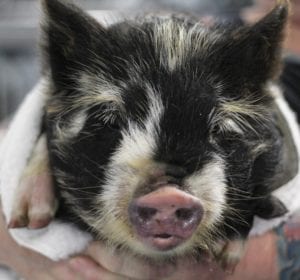
An important point to note is that ringing a pig’s nose will in no way guarantee that the pig will stop rooting. Some pigs will continue to root with a ring in their nose, despite the discomfort. Also, nose rings aren’t a permanent fixture. Pigs are curious, and will explore the world with their noses. Rings can get caught on fences or trees and may rip out, causing pain and a nasty wound.
If, despite the above, you would still like to get your pig ringed please call us to make an appointment. If your pig is small, we can do this in the clinic under an inhaled general anaesthetic. However, if you have a large piggy, we will use an injectable anaesthetic at your farm. These anaesthetics have varied effect. They can also take some time to wake up from them, so we suggest making a morning appointment if possible, so they can sleep the day away under your supervision.
Alpacas and Vitamin D
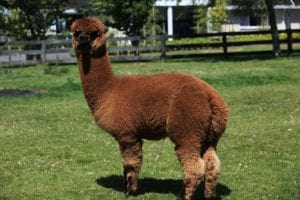
In the body, Vitamin D is involved in bone development. If a hembra (mum) becomes deficient while pregnant and/or lactating, the cria could develop rickets. Symptoms of rickets consist of bowed legs, shifting leg lameness, enlarged joints, slowed growth rate and a humped back.
It is necessary to supplement all pregnant and lactating animals with Vitamin D, and non-pregnant and male alpacas would benefit as well.

